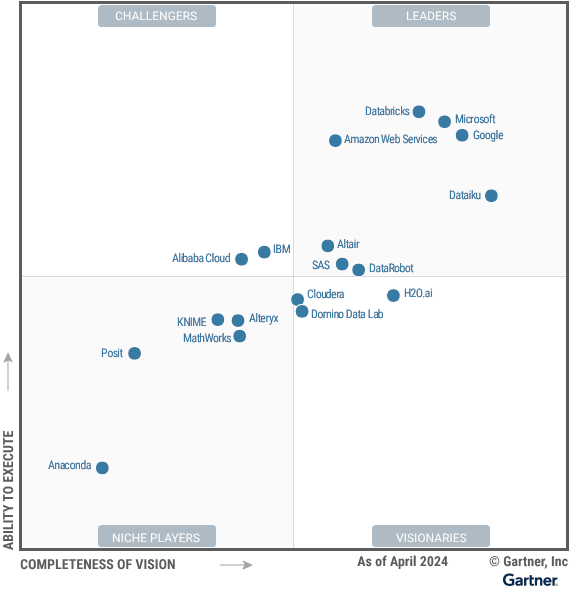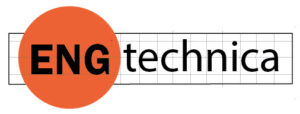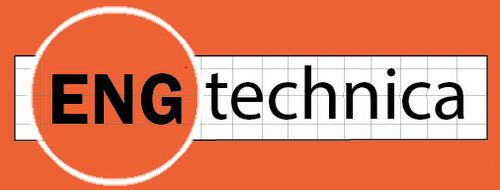
Siemens announced the acquisition of Altair Engineering Inc. Altair is one of the last independent simulation software companies. Expected to close late in 2025, it’s a $10.6 billion deal, one of the largest deals in the design and engineering software industry. Monetarily, it more than doubles what had been one of Siemens’ biggest deals in the design and engineering software industry to date: when they acquired Mentor Graphics (EDA software) for $4.5 billion in 2016. Topping all deals in this space is the $35 billion acquisition of Ansys, the biggest pure-simulation software company, by Synopsis, known previously as strictly an EDA company.
“Acquiring Altair marks a significant milestone for Siemens. This strategic investment aligns with our commitment to accelerate the digital and sustainability transformations of our customers by combining the real and digital worlds. The addition of Altair’s capabilities in simulation, high-performance computing, data science, and artificial intelligence together with Siemens Xcelerator will create the world’s most complete AI-powered design and simulation portfolio,” said Roland Busch, President and CEO of Siemens AG in the company issued a press release. “It is a logical next step: we have been building our leadership in industrial software for the last 15 years, most recently, democratizing the benefits of data and AI for entire industries.”
Chiming in was James Scapa, Altair’s founder and CEO, with:
“This acquisition represents the culmination of nearly 40 years in which Altair has grown from a startup in Detroit to a world-class software and technology company. We have added thousands of customers globally in manufacturing, life sciences, energy and financial services, and built an amazing workforce and innovative culture. We believe this combination of two strongly complementary leaders in the engineering software space brings together Altair’s broad portfolio in simulation, data science, and HPC with Siemens’ strong position in mechanical and EDA design. Siemens’ outstanding technology, strategic customer relationships, and honest, technical culture is an excellent fit for Altair to continue its journey driving innovation with computational intelligence.”
It is all to be expected, the playbook of all acquisitions. But let’s dig into this.
The Financials
Siemens is paying $113 per share, representing an 18.7% premium over Altair’s closing price on October 21, 2024.
To finance this acquisition, Siemens is considering reducing its stakes in Siemens Healthineers, Siemens Energy, and Fluence. Siemens CFO Ralf Thomas said at an analyst briefing that Siemens is comfortable with reducing its Healthineers stake by around 5% and plans to decrease its Siemens Energy shares within the next few months.
About half of the Altair acquisition could be financed by Siemens selling off Innomtics, a maker of electric motors and drives, which Siemens unloaded for $3.81 billion in early October of this year.
What Does Siemens Get Out of This?
While Altair may have been one of the last great independent simulation companies left standing, with $613 million in revenue for its previous full year, 2023, it was not exactly a gold mine. The company had lost $8.9 million the last fiscal year and $43 million the year before.

Siemens would need to be able to expand its product portfolio with the Altair acquisition. Siemens already had Simcenter, a most robust platform able to analyze multiple modalities, AKA multiphysics, such as interactions between stress, fluids, heat transfer, vibration, electromagnetics and more. The Venn diagram of Altair’s simulation products and those of Siemens has almost complete overlap. In all fairness, Altair can argue that it pioneered generative design, which some could confuse with the runaway success of generative AI, like ChatGPT. But surely Siemens would not think what Altair does with shapes was the same as what ChatGPT does with language?
Altair had been calling itself a “computational intelligence” company. One of its non-simulation products was RapidMiner, an AI-enabled data analysis application. RapidMiner may have helped Altair ascend to Gartner’s Magic Quadrant (above), which, all by itself, could have generated great interest in Berlin (Siemens AG HQ). Siemens, a 150-year-old company looking to get into the white-hot AI market while still staying within the lanes of engineering software sector, may have seen Altair as an on-ramp on the AI expressway.
It’s likely that Siemens is acquiring customers by acquiring Altair. The Detroit-area Altair has products in local use at Ford, GM, and Chrysler, as well as automotive companies elsewhere, like Renault and Hyundai, plus in aerospace giant Airbus. Top-tier automotive and aerospace companies are coveted by design software companies. Every “replacement,” or software switch, is treated as a big deal, followed immediately by a press release and reminders at user conferences.
How else to explain how truly innovative design and engineering software companies are overlooked by the big ones? Here is nTop (formerly nTopology), the New York-based shape optimization company, the first to call itself a “computational design” company. Only hundreds of miles away is Budapest-based Shapr3D, which revolutionized CAD by running on an iPad and is beginning to take off with Windows.
Maybe we’re overthinking this. Maybe big kids just like to play with other big kids. Altair may have been losing money, but it was losing and making money like big kids do.
Jackpot

The deal is a jackpot for CEO James Scapa, who founded Altair in 1985 along with George Christ and Mark Kistner. The 67-year-old Scapa, born of Greek Holocaust survivors, started Altair after graduating from Columbia with mechanical engineering. His 24% share of Altair will net him $2.54 billion.
What’s Next?
Which of the simulation companies have still not been swallowed up? We can only think of ESI, COMSOL and SimScale. But how long will they last on their own? Stay tuned.

